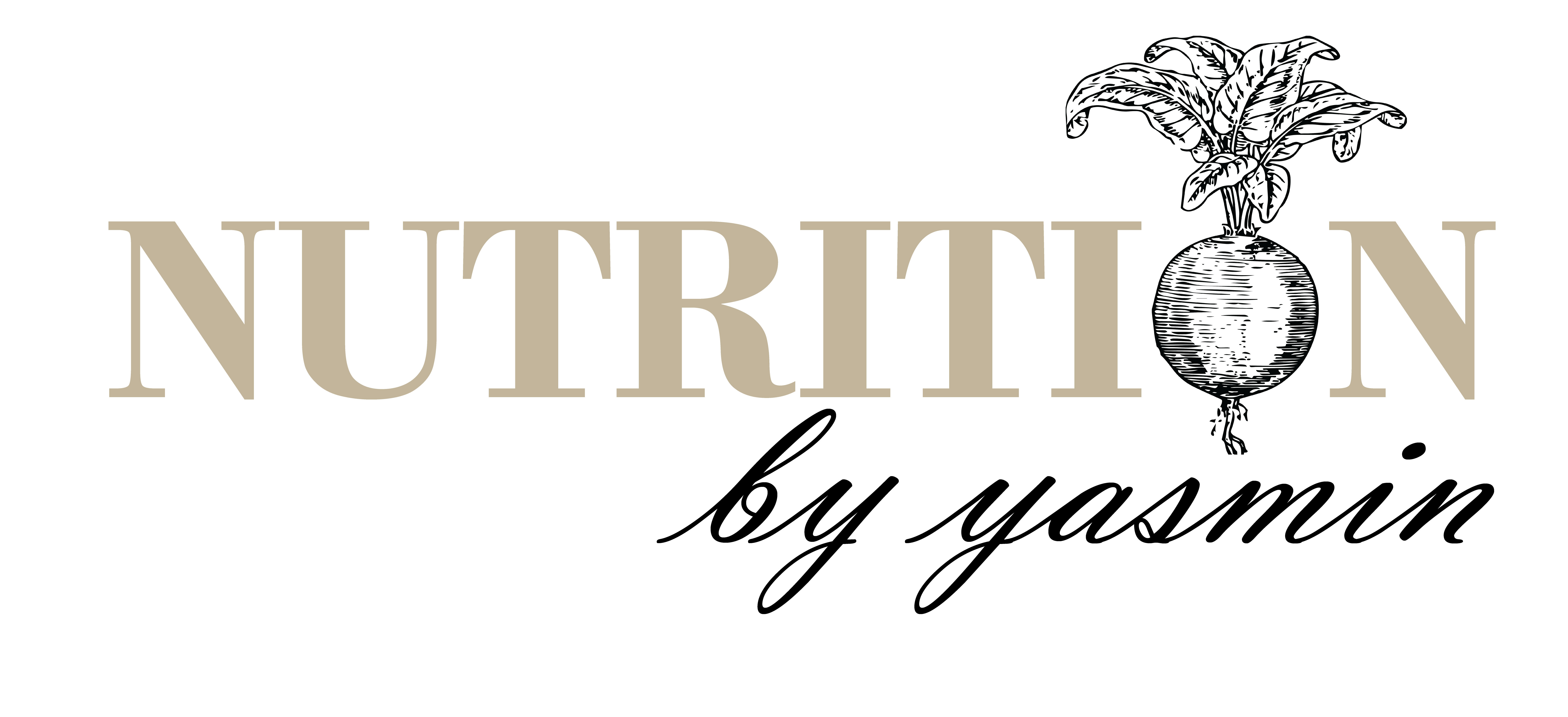Pumpkin Nutrition & How to get the most out of yours!
It’s pumpkin season!! At this time of year it is hard to dodge the pumpkins when you are out and about in the shops, so if you picked a few up for carving or just for eating, let’s try and put them to good use.
Pumpkins are great to consume during the autumn as they are in season and will therefore provide us with nutrients which are required at this time of year.
Nutrition facts
The whole of the pumpkin is edible including the skin, flesh and seeds, and each plays an important role in the overall nutritional profile of the pumpkin.
Skin – skins on fruits and vegetables are where lots of the fibre can be found, so try and include this when roasting your pumpkin, for example.
Flesh – the pumpkin flesh is where most nutrients can be found. Pumpkins are a great source of potassium, beta-carotene, which gets converted into Vitamin A, vitamin C, vitamin E, B vitamins and other minerals such as magnesium and calcium.
Many of the vitamins found within pumpkins are antioxidant vitamins, meaning they are protecting our bodies from everyday damage and wear and tear by the production of free radicals. Vitamins A and C are also vital for out immune health, so increasing your intake of pumpkin at this time of year can only be a good thing.
Seeds – the pumpkin seeds are edible, yet we are often very quick to discard these when carving or cooking our pumpkins. Pumpkin seeds are a fantastic source of zinc, another mineral which is vital for our immune function, but also energy production and male fertility.
Different ways to cook and eat pumpkin
- Roasted
In my opinion, you cannot go wrong with roasted veggies. They are full of flavour and are so warming for colder and darker months. What’s even better is that you can cool and store roasted veg in the fridge for a couple of days and it to meals for ease.
Try chopping up your pumpkin, skin on, drizzling with some olive oil, salt, pepper, paprika and a sprinkle of cayenne pepper and roast in the oven at about 180-200C for about 40-45 minutes. Serve with your choice of protein and some green vegetables for dinner or add to salads during the week.
- Hummus
Adding your pumpkin to hummus is a great way to spruce up your hummus, whilst adding lots more nutrition to the already fibre filled dip. This can really elevate the taste of the hummus too. Simply roast your pumpkin (as above), but you may want to peel it this time, and then add to your blender or food processor with all the typical hummus ingredients (such as chickpeas, tahini, garlic and lemon).
Store your batch of pumpkin hummus in the fridge for about 3 days and use as a dip for vegetable sticks, serve on toast, add a tablespoon to salads or with a warm meal such as roasted veggies and chicken or fish. I also love to use hummus to massage kale when making a salad.
Take a look at this recipe on my website here for pumpkin hummus.
- Smoothies
Smoothies may not be the first thing that springs to mind when you mention pumpkin, but it can be a great way to change up your smoothies and introduce a different kind of vegetable. I always advocate adding in some kind of vegetable into a smoothie, usually in the form on spinach, kale or eve frozen cauliflower, but take full advantage of the pumpkin while its around.
My favourite pumpkin smoothie would contain pumpkin puree, so either mash up some of your roasted pumpkin (you may want to roast it plain or with some cinnamon for use in sweet recipes), and combine with apple or pear, milk of choice, almond butter, and some pumpkin spice, which you can make by combining ground ginger, cinnamon, clove and nutmeg.
- Pancakes
Adding some pumpkin puree to your pancakes can give them a lease of new life and paired with maple syrup they are a dream combination. My recipe for pumpkin pancakes contains a good source of protein, slow releasing carbohydrates and a serving of fruit and vegetables. Take a look at the recipe here and have a god yourself.
- Curry
Pumpkins have an edge of sweet flavour to them, so marry perfectly with a curry. You could add chopped pumpkin to a curry to feature as the star of the show or add mashed pumpkin or pumpkin puree to other curries for extra nutrients and flavour. See my recipe here for cauliflower, pumpkin and chicken curry (with plant-based option).
- Soup
Soups are the ultimate warmer as the weather gets colder and the days become darker. Try out a pumpkin soup recipe using roasted pumpkin for a more intense flavour.
- Roasted Seeds
Roasting your pumpkin seeds can be great to snack on, but are also great to add to soups and salads for extra nutrients, protein, healthy fats and will also add a nice crunch.
Here is how:
- Collect your seeds from the pumpkin and remove from any straggling pulp – It may help to soak them and then wash and rinse off in a colander
- Pat them try with kitchen roll or a tea towel
- In a mixing bowl, combine the seeds with some olive oil, salt, pepper, garlic powder and paprika. You want about 1 tablespoon of olive oil for every ¾ cup of pumpkin seeds. Add the spices to suit your pallet.
- Place on a baking tray and evenly spread the seeds out
- Bake in the oven at 180C for about 15 minutes
- Check and stir on the seeds every 5 minutes to ensure they are roasting evenly and not burning
